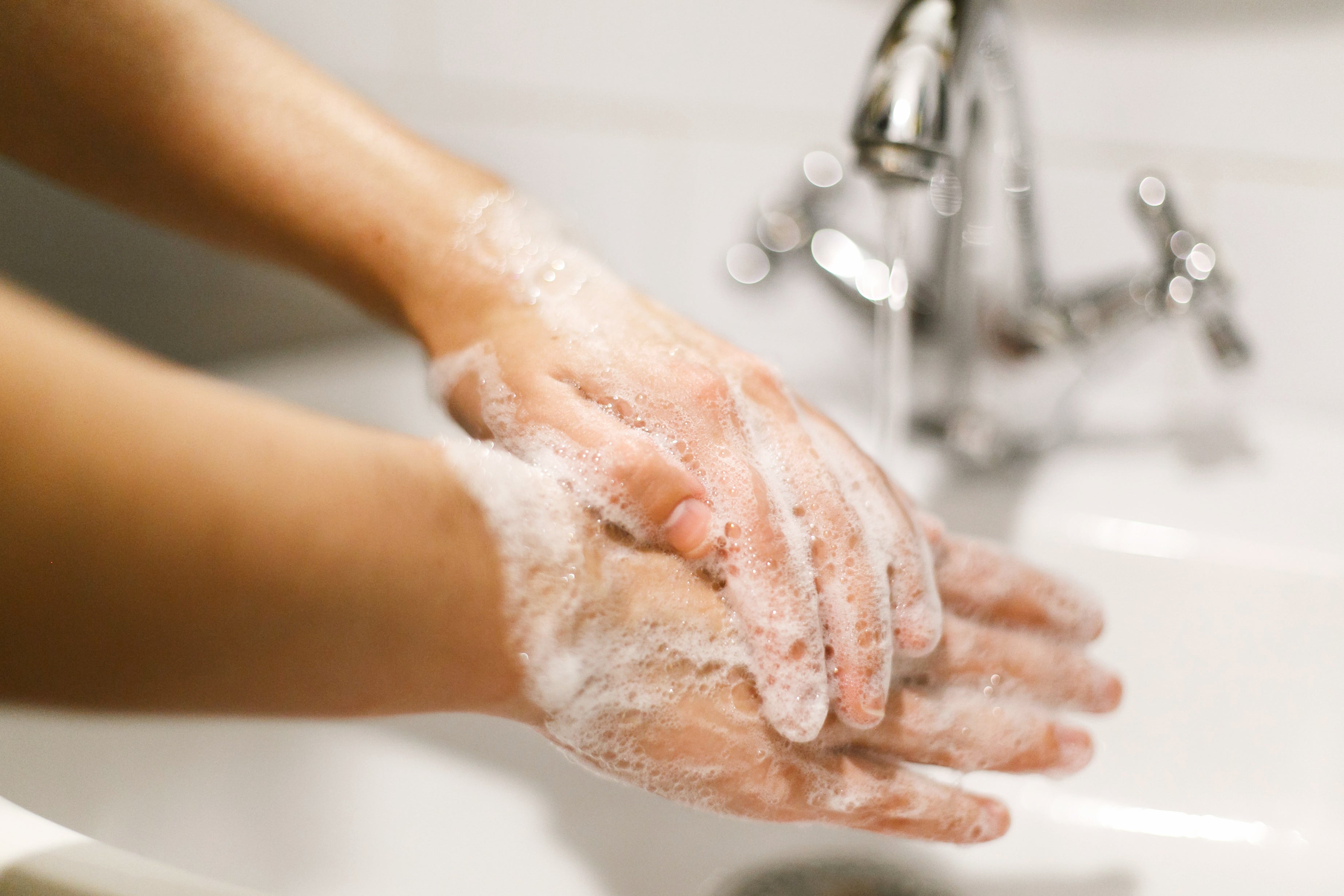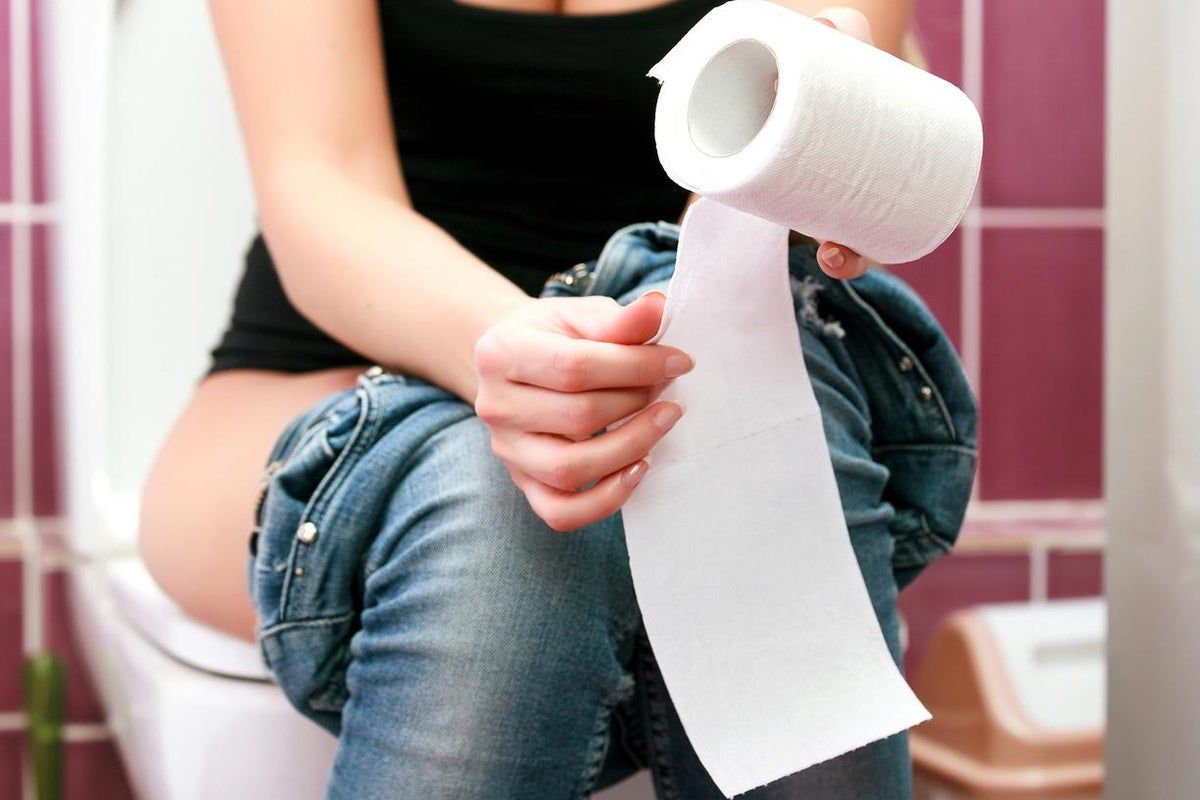If you are a father or have a chronic health condition that needs rapid or frequent trips to the bathroom, you have probably mapped the Middle Public Baths in your area.
But sometimes, you have no choice and you have to use a toilet that seems that it has not been cleaned in weeks. Do you challenge it and sit in the seat?
What happens if it looks relatively clean? Are you still worried that sitting in the seat can get sick?
What is in a public bath?
Healthy adults produce more than a liter of urine and more than 100 grams of poop daily. Everyone throws bacteria and viruses in the stool (peanut) and urine, and part of this ends in the bathroom.
Some people, especially those with diarrhea, can throw more harmful microbes (bacteria and viruses) when they use the toilet.
Public baths can be a “microbial soup”, especially when many people use them and cleaning is not frequent as it should be.
What germs are found in the toilet seats?
Many types of microbes have been found in the toilet seats and its surroundings. These include:
- Bacteria of the intestine, such as E. coli, Klebsiella, Enterococcus and viruses such as Norovirus and rotavirus. These can cause gastroenteritis, with episodes of vomiting and diarrhea
- The bacteria of the skin, including Staphylococcus aureus and even S.aureus resistant to multiple drugs and other bacteria, such as pseudomonas and acinetobacter. These can cause infections
- Parasite eggs (worms) that are transported in poop and unicellular organisms such as protozoa. These can cause abdominal pain.
There is also something called a biofilm, a mixture of germs that accumulate under toilet edges and surfaces.
Are the toilet seats the dirtiest part?
No. A recent study showed that public toilet seats often have less microbes than other places in public baths, such as doors, tap knobs and toilet discharge levers. These parts are touched a lot already with unwashed hands.
About the author
Lotti Tajouri is an associated professor in genomics and molecular biology; Biomedical Sciences, University of Bond
This article is published again from the conversation under a Creative Commons license. Read the original article.
Public baths in employed places are used hundreds or even thousands of times every week. Some are often cleaned, but others (such as parks or bus stops) can only be cleaned once a day or much, so germs can accumulate rapidly. The red flags that a bath has not been cleaned are the smell of urine, dirty floors and what is obvious to their eyes.
However, the biggest problem is not just sitting: it is what happens when the toilets are rinsed. When rinsing without a lid, a “toilet pen” triggers small drops in the air. These drops can contain bacteria and virus of the toilet cup and travel to 2 meters.
Hand dryers that blow air can also extend germs if people are not washed properly. In addition to drying your hands, you may be blowing germs on you, others and bathroom.
How can germs spread?
You can collect germs of public baths in several ways:
- Skin contact. Sitting in a dirty seat or moving handles extends bacteria. Healthy skin is a good barrier, but cuts or scratches can allow germs to enter
- Touching your face. After using the toilet, if you touch your eyes, mouth or food before you wash your hands, germs can enter your body
- Breathe them. In small bathrooms or full of people, you can breathe small feathers or hand dryers
- Toilet water bag. The germs can remain in the water even after several discharges.

What can you do to stay safe?
Here are some easy to protect:
- Use toilet seat covers or place the toilet paper in the seat before sitting
- If the toilet has a lid, limit it before using it with an alcohol cleaning and closing before rinse to limit exposure to the toilet plume. (But keep in mind that this does not completely stop the propagation)
- Wash your hands correctly for at least 20 seconds with soap and water
- Take the disinfectant or antibacterial wipes by the hand to clean the hands after if there is no soap
- Avoid hand dryers, if you can, as you can extend germs. Use paper towels instead
- Disinfect your phone regularly and do not use it in the toilet. Telephones often collect and transport bacteria, especially if you use them in the bathroom
- Clean the areas that change the baby before and after use, and always wash or disinfect hands.
So, is it safe to sit on the public toilet seats?
For most healthy people, yes: sitting in a public toilet seat is low risk. But you can clean it with alcohol cleaning or use a toilet seat cover, for tranquility.
Most infections do not come from the seat itself, but from dirty hands, doors, toilet columns and phones used in the bathrooms.
Instead of worrying about sitting, concentrate on good hygiene. That means washing your hands, opt for paper towel instead of dryers, clean the seat if necessary and keep your phone clean.
And please do not walk through the bathroom. This is tense on the pelvic floor, which makes it difficult to empty the bladder. And you can accidentally spray your body fluids.












